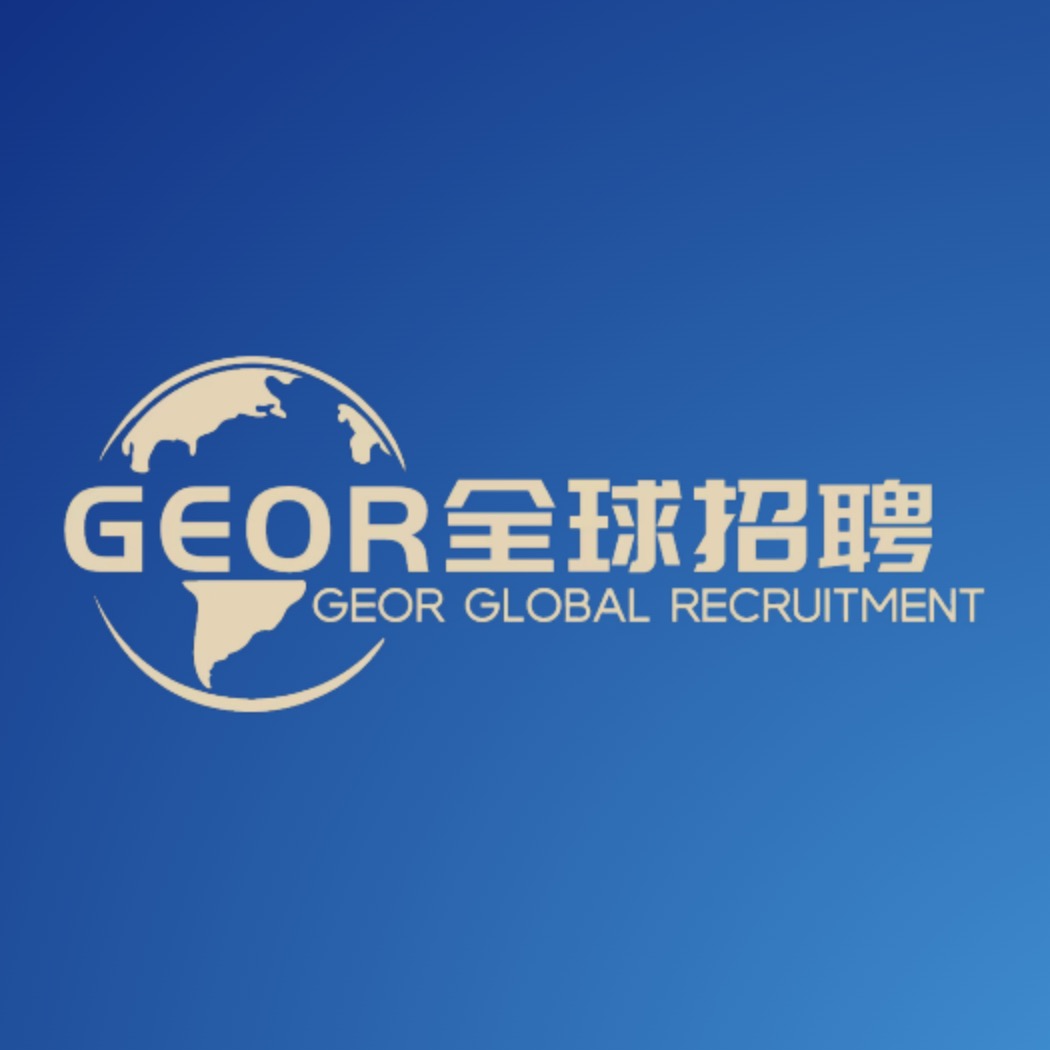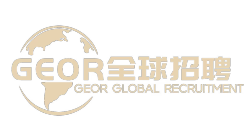What Is An Important Holiday In China
China has a very different idea of public holidays than the West does. Chinese festivals are often based on events that have a long history and are important to the culture. Christmas and (according to the Georgian calendar) New Year's Eve are not celebrated in a big way. Instead, the majority of Chinese holidays are based on the lunar calendar, which has many special days spread out throughout the year. Here is a summary of what each of China's five most important holidays means and how they are celebrated.
Lunar New Year
Lunar New Year, or Spring Festival, is China's biggest holiday. In January or February, the first day of the Lunar Calendar is celebrated for a week. Red, which symbolizes riches and pleasure in China, is traditionally used to commemorate deities and ancestors. During Spring Festival, Chinese people wear red, adorn their windows and walls with red paper designs, conduct dragon dances, and pass out hong bao. Today, Chinese people travel throughout the nation to rejoice with family over a week-long public holiday.
Lantern Festival
Lantern Festival occurs on the 15th day following the Lunar New Year, between February and March. The Festival began during the Han Dynasty 2,000 years ago. Chinese folks prayed for family and national success and burned paper lanterns to honor deities.
Such traditions persist. Sticky rice balls and lantern wordplay riddles are also popular. As the first celebration following Spring Festival, the Lantern Festival celebrates harmony and togetherness. During the event, Chinese towns have lantern parades late into the night.
Mid-Autumn Festival
The Mid-Autumn Celebration is China's annual harvest festival, held around September and October. The event began with a bountiful harvest and prayers for more. This day honors the moon, a symbol of rebirth. On festival day, the moon is thought to be roundest, symbolizing unification. Moon cakes, delectable pies with a whole egg yolk in the middle, symbolize the moon, family, and a prosperous harvest.
Mid-Autumn Festival is observed throughout Asia. Even in the West, moon cakes are marketed. Moon gazing, lantern parades, and family picnics are big parts of the holiday. Cities with substantial Chinese populations celebrate this day.
National Day
National Day is China's longest public holiday break after the Lunar New Year. The event honors the 1949 foundation of the PRC. Since 1999, October 1st has started off Golden Week, a national shopping and tourist holiday. Most Chinese take their yearly vacation during Golden Week. Most establishments remain open and conduct massive bargains to accommodate consumer demand. As a consequence, National Day Golden Week has become one of China's busiest shopping times. Top domestic tourist destinations like the Great Wall of China will be packed. Danger!
The Chinese lunar calendar also celebrates Tomb Sweeping Day and the Double Ninth Festival. Notable days include Labor Day, the anniversaries of the Communist Party and the army, and Double Eleven Singles Day. The many Chinese celebrations pay homage to the country's long and illustrious history. Historical holidays will continue to be an important part of the yearly celebrations, but as China continues to modernize, new reasons to mark the occasion will arise.
Let the right job find you!
Global job opportunities for Chinese companies

Worldwide Talent Acquisition








